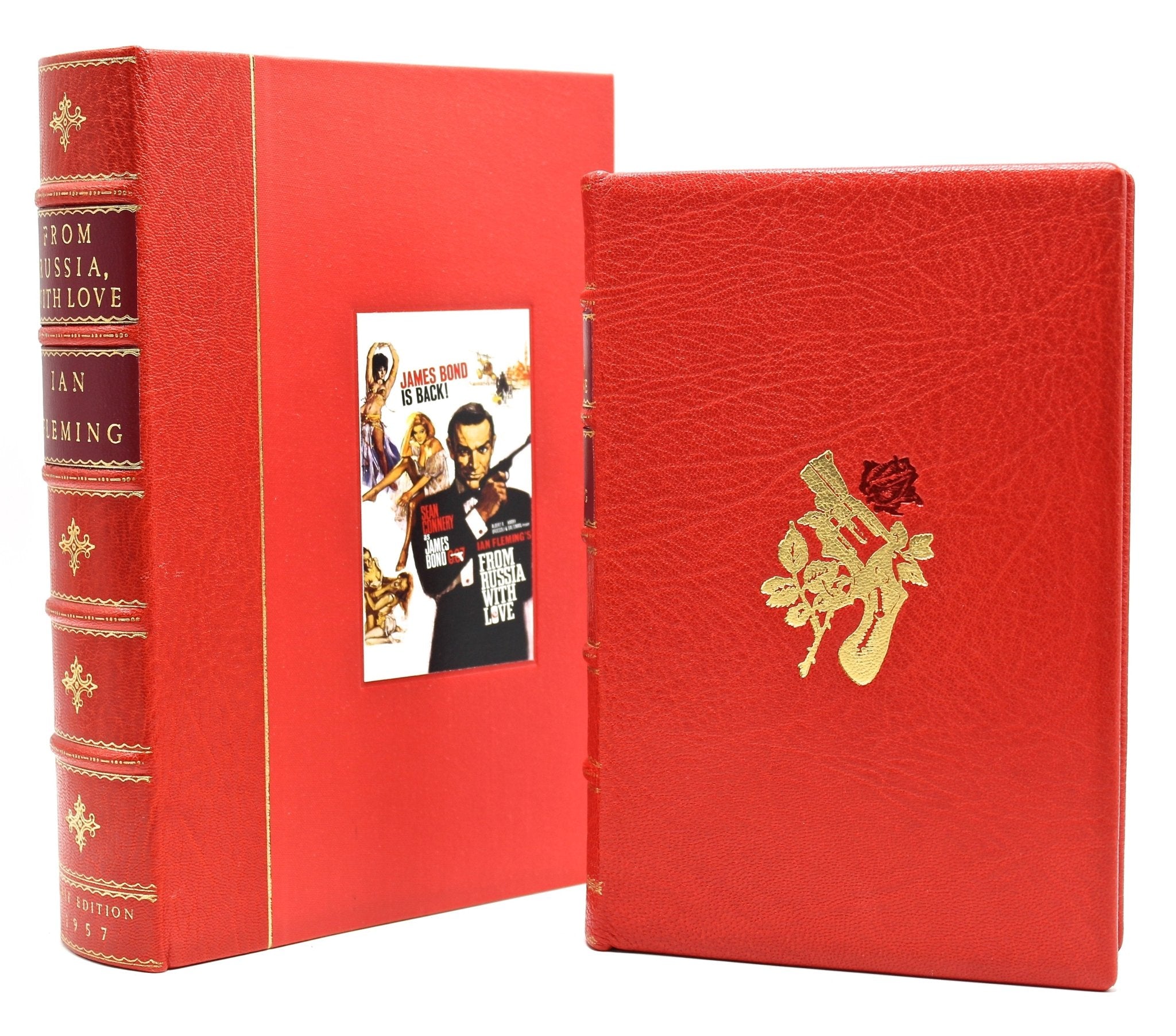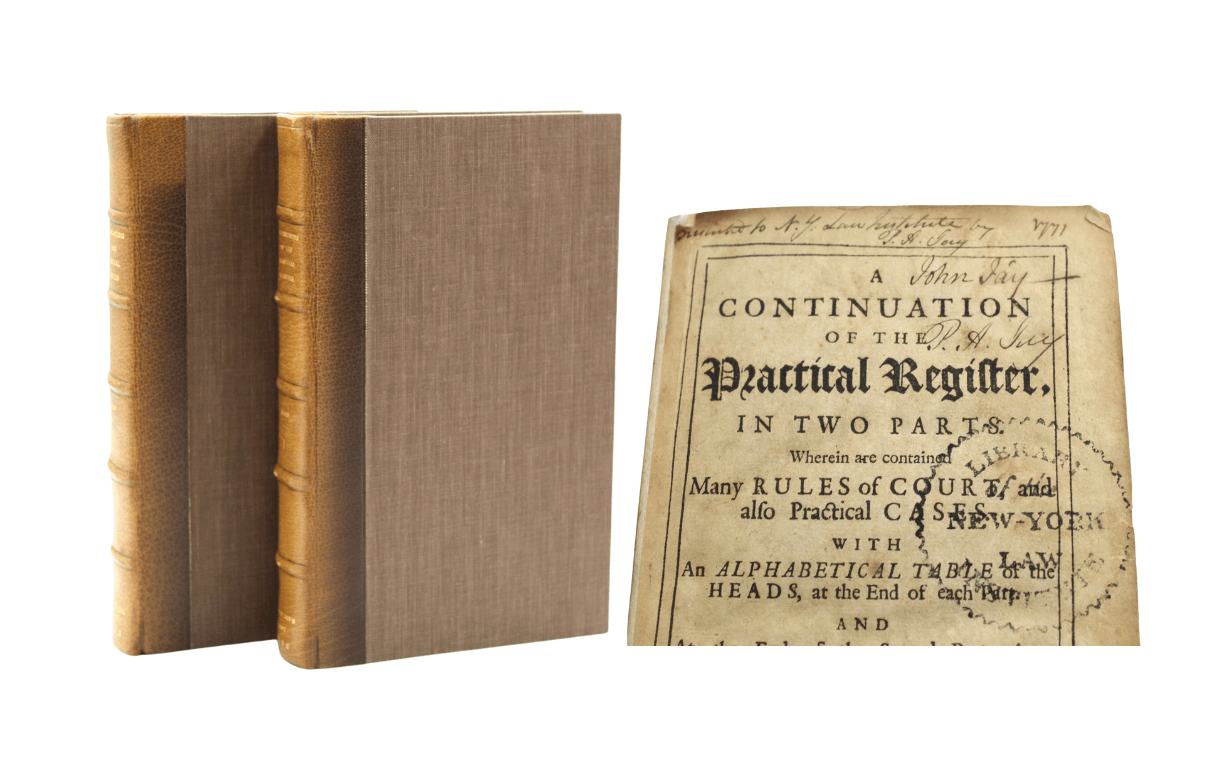Uncle Tom's Cabin by Harriet Beecher Stowe
One of the most influential works of abolitionist literature is Harriet Beecher Stowe’s work Uncle Tom’s Cabin. We just acquired a copy of this famous work, with the author's authentic signature and a custom archival case!
This highly influential novel was written by Harriet Beecher Stowe (1811-1896). Stowe wrote over 30 books, but it was her novel Uncle Tom’s Cabin that provided her international fame. In 1851, Stowe wrote a piece for the abolitionist newspaper The National Era, which would in her mind “paint a word picture of slavery.” The story of Uncle Tom's Cabin was expected to be told in three or four installments, but it eventually grew to more than 40.
Uncle Tom's Cabin tells the story of Uncle Tom, portrayed as a dutiful slave. While being transported to an auction in New Orleans, Tom saves the life of Little Eva. Grateful, Little Eva’s father purchases Tom. Tom and Eva become fast friends, though Eva’s health begins to decline. On her deathbed, Eva requests her father to free all of his slaves. He makes plans to do so, but is killed by Simon Legree before he is able. Legree becomes Tom’s new owner, and brutally tortures and kills Tom. The story served as a dramatic yet realistic account of the horrible way that slaves were treated in the country.
The book was first published in 1852. It is known famously as an influential abolitionist work of literature, which described the harsh conditions endured by enslaved African Americans. The work became extremely popular in the United States and Great Britain in the year following its publication, with over 300,000 copies sold in the first year.
“So you’re the little woman who wrote the book that started this great war." -Attributed to Abraham Lincoln
The work was later adapted for theater multiple times. This made the story accessible to a widespread American audience, contributing to further praise of the story in the North and heightened animosity towards it in the South. In many ways, the novel informed the public and started conversations about slavery in both the North and South.
Stowe’s writings of slavery were informed by her personal experiences while living in Cincinnati, Ohio, during the 1830s and ‘40s, which was a destination for escaped slaves. She herself sheltered an escaped slave and helped along the informal underground railroad. Stowe wrote her novel based on these experiences, as well as first-hand accounts from formerly enslaved people. Stowe borrowed from past works written by enslaved people including Josiah Henson, Lewis Clarke, and Solomon Northup. Hers was one work in a large body of abolitionist literature.







